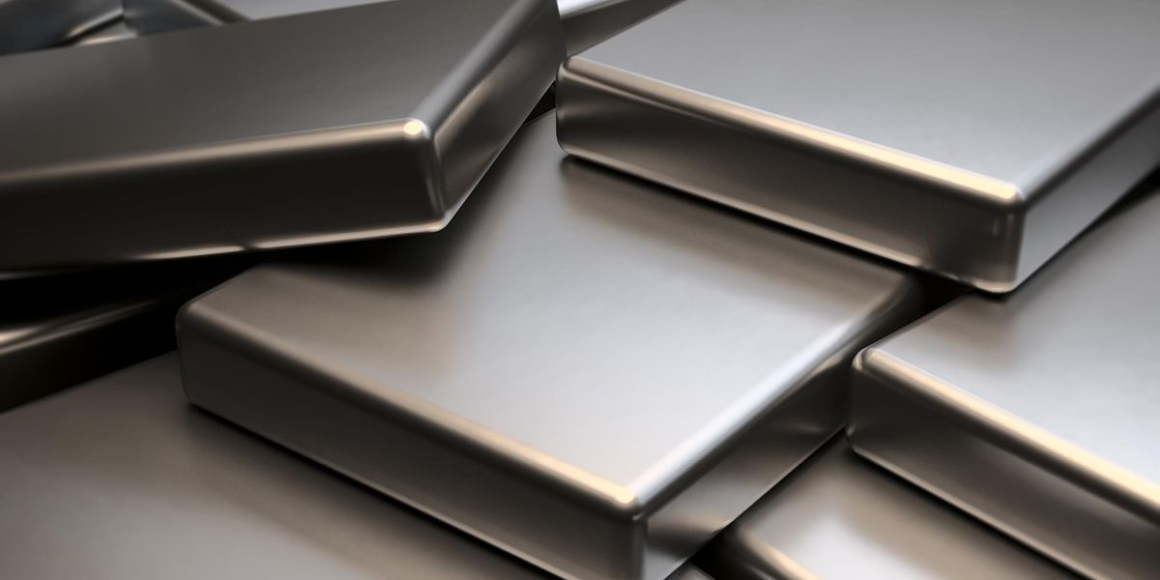The 17 rare earth elements (REEs) are as diverse as they are challenging to pronounce.
The group is made up of 15 lanthanides, plus yttrium and scandium, and each has different applications, pricing and supply and demand dynamics. Sound complicated? While the REE space is undeniably complex, many investors find it compelling and are interested in finding ways to get a foot in the door.
Read on for a more in-depth look at the rare earth metals market and the many different types of rare earths, plus a brief explanation of how to start investing in this arena.
Rare earths can also be grouped together according to how they are used. Rare earth magnets include praseodymium, neodymium, samarium and dysprosium, while phosphor rare earths — those used in lighting — include europium, terbium and yttrium. Cerium, lanthanum and gadolinium are sometimes included in the phosphor category as well.
As mentioned, each REE has different pricing and supply and demand dynamics.
The strong Chinese monopoly on rare earths production has created problems in the sector in the past. For instance, prices in the global market spiked in 2010 and 2011 when the country imposed export quotas.
As an example, demand for dysprosium, a key material in steel manufacturing and the production of lasers, has grown as countries increase their steel standards. Aside from that, rare earths have long been used in televisions and rechargeable batteries, two industries that accounted for much demand before the proliferation of new technologies. Other rare earth metals can be found in wind turbines, aluminum production, catalytic converters and many of the high-tech products used every day.
As can be seen, securing rare earths supply is an increasingly important issue. In addition to traditional rare earths mining, there has been growth in the rare earths recycling industry, which aims to recover REE raw materials from electronics and high-tech products in order to reuse them in new ways. Exploring and extracting rare earth materials from deep-sea mud is one of the newest recovery methods, and it is gaining traction as more mining companies look offshore for resources.
The possibility of higher rare earths prices in the coming years has been one of the catalysts for investors wondering how they can invest in rare earths. As it’s not possible to buy physical rare earth metals, the most direct way to invest in the rare earths market is through mining and exploration companies.
While many such companies are located in China and are not publicly traded, there are a variety of options available on Canadian and Australian stock exchanges. Below is a selection of companies with rare earths assets or operations trading on the TSX, TSX and ASX; all had market caps of over $50 million as of April 25, 2024.
Some small-cap REE companies are also listed on those exchanges. Here’s a list of rare earths companies or companies with rare earths projects listed on the TSXV, TSX, CSE and ASX that had market caps of less than $50 million as of April 25, 2024:
Rare earths exchange-trade funds (ETFs) offer investors a diversified position in this market space, mitigating the risks of investing in specific companies.
This is an updated version of an article first published by the Investing News Network in 2020.
Securities Disclosure: I, Melissa Pistilli, hold no direct investment interest in any company mentioned in this article.
Editorial Disclosure: Aclara Resources, Appia Rare Earths & Uranium, Carmanah Minerals, DY6 Metals, Energy Fuels, Heavy Rare Earths, and Marvel Discovery are clients of the Investing News Network. This article is not paid-for content.


Leave a Reply